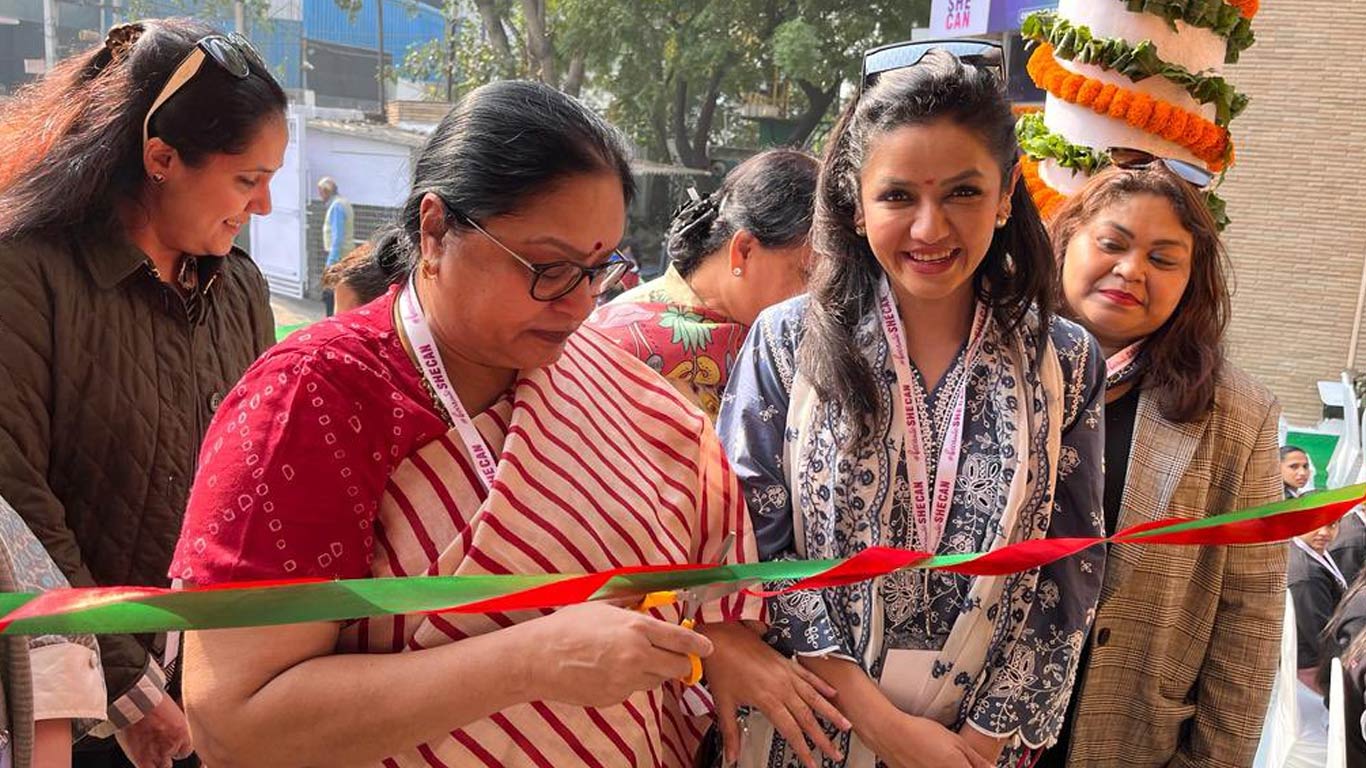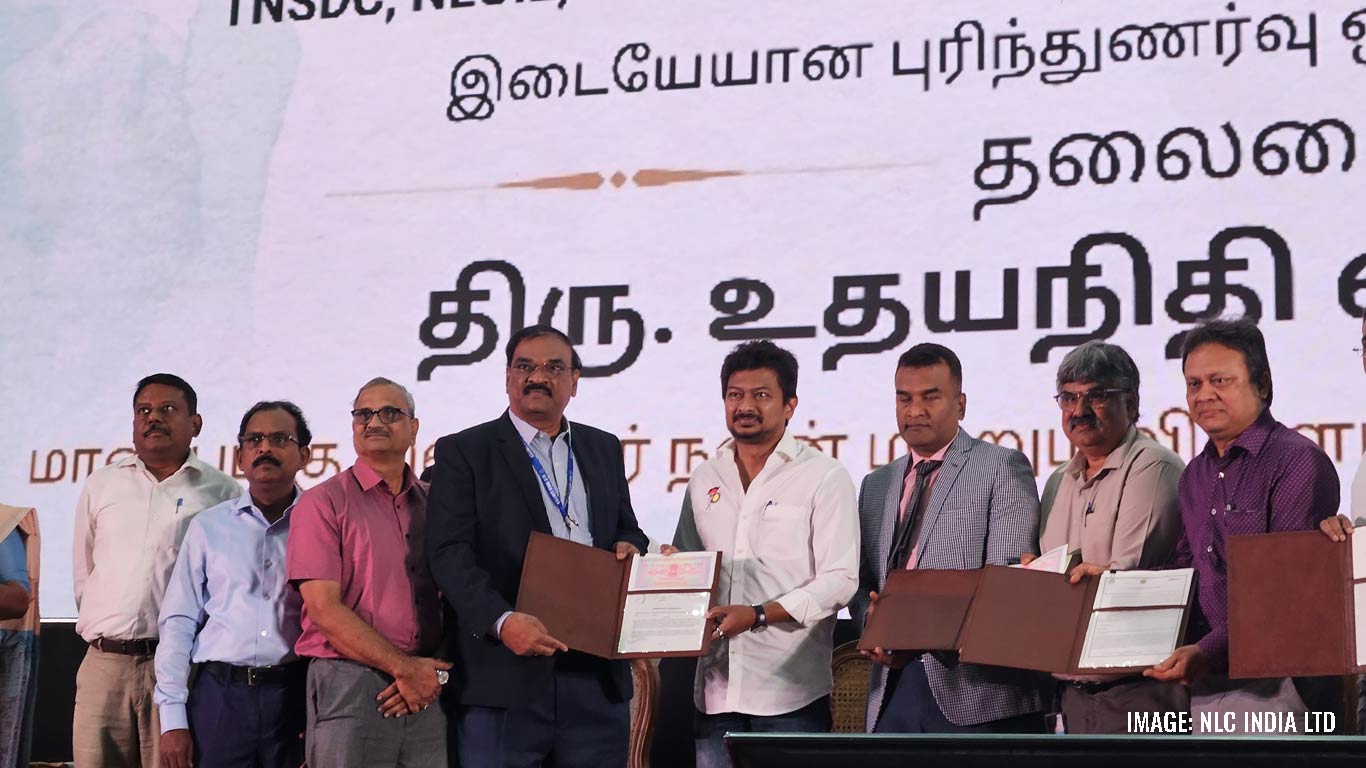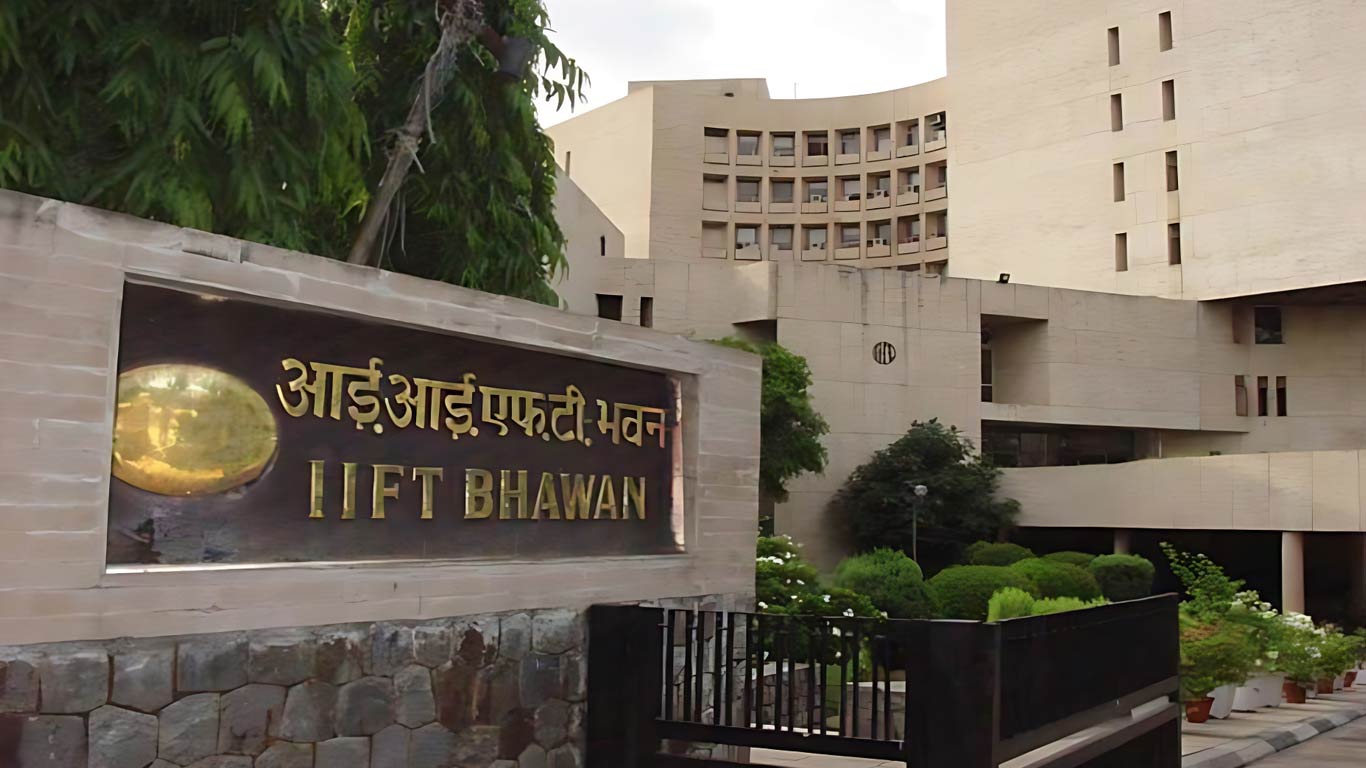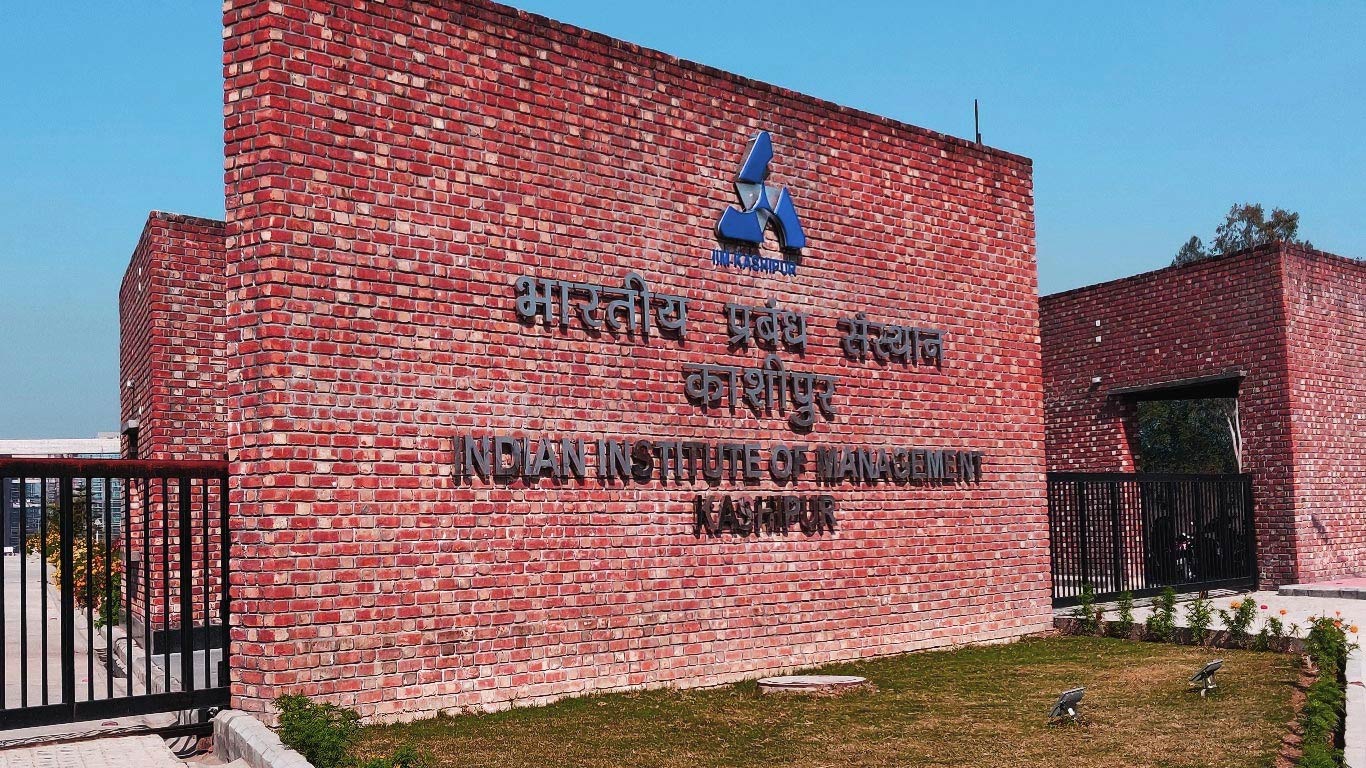Non-Performing Assets (NPAs) result from Non-Performing People
Updated: Dec 05, 2013 02:56:29pm

Here are excerpts:
Advances to the medium and large segments account for about 50 per cent of total bank advances and of total Non-Performing Assets (NPAs) indicating that the deterioration in asset quality is driven by the medium and large enterprises. This is also reflected in the ‘impaired assets ratio’ which stands at 14.8 per cent for medium and large industries as compared to 10.6 per cent for micro and small enterprises as on March 2013.
“I strongly feel that the mechanism of restructuring of small accounts needs a special mention in terms of corrective action needed. SMEs and other segments covered under the priority sector are an important segment of the economy as they provide employment to a large number of people. It is important that the viable businesses under these segments facing temporary problems are not discriminated against. The entire approach to restructuring has to be reoriented to show more compassion to the small customers,” Chakrabarty told India’s top bankers at a recent conference of the Indian Banks Association.
“Till late 90s, the banks captured only basic data about asset quality i.e. gross and net NPA ratios. It is only following the regulatory nudge that the banks started collecting and reporting data on flow of NPAs (fresh accretions and recoveries) from 2001 onwards. Further, it is only recently i.e. since 2009, that collection of more granular data on asset quality like segmental NPAs, write-offs, recoveries etc., has started, primarily due to regulatory impetus. Unfortunately, this initiative in banks was limited to collecting this data for the purpose of reporting to the regulator. Few efforts were made to analyse and use this data internally for improving the quality of internal credit management.
Over the next few minutes, I will present an analysis of trends in asset quality and credit management of banks based on this granular data. I will then attempt to draw some inferences from this analysis about the quality of credit management in banks and how it has contributed to the recent trends in asset quality.
Trends in Slippages and Recovery
The flow of NPAs over the last decade shows that while the reduction in NPAs was to the tune of Rs. 4.9 trillion between 2001 and 2013, the accretions to NPAs were close to Rs. 6.3 trillion. If the entire period is split into two - 2001-2007 and 2008-2013, some interesting differences emerge. While during the first period, accretions to NPAs and reduction in NPAs are largely matched (Rs. 1.6 trillion of accretions as compared to about Rs. 1.7 trillion of reductions), during the later period the position altered dramatically with accretions to NPAs far exceeding the reductions (about Rs. 4.7 trillion of accretions as compared to Rs. 3.2 trillion of reductions.
There is evidence of increased use of write offs by banks to reduce NPAs, which is a pointer to weaknesses in credit management. Write offs were initially introduced as a tool for banks to manage their tax liabilities on impaired assets. However, they subsequently emerged as a tool for banks to manage their reported gross NPA numbers. Write offs, in fact, contributed significantly to the reduction in the quantum of gross NPAs (in some years, write offs accounted for nearly 50 per cent of reduction) as compared to actual recoveries and upgradations. Write offs as a percentage of terminal reduction (reduction on account of write-offs and actual recovery alone) has consistently been above 50 per cent mark.
These practices clearly engender moral hazard issues as they reduce the banks’ drive to improve recovery efforts. They also result in leakages in the recovery process. This is evidenced by the fact that, on an average, less than 10 per cent of the total amount written off (including the technical write off) is recovered further bearing testimony to the poor recovery efforts of the banking system are the trends in the ratio of upgradation to slippages. Even in the ‘good’ times, the ratio was never more than 20 per cent – a clear sign of poor standards of credit and recovery administration as well as a certain amount of apathy on the part of banks in expending efforts to revive accounts. The spirit of good credit management is to revive genuine problem accounts and not to retain them as NPAs for an eventual write- off.
Masked in the overall recovery statistics that I have so far discussed, are considerable divergences in trends across different bank groups. The new private sector banks and foreign banks recorded higher slippage ratio (gross and net) immediately after crisis but were able to arrest the increasing trend in slippages through focused attention on credit risk management including exit strategies. In recent years, the ratio has risen sharply for PSBs. This indicates that new private sector banks and foreign banks were able to manage their asset quality better than PSBs as they were quick in identifying NPAs, while PSBs resorted to retrospective restructuring to report lower NPAs initially. This practice eventually tipped the scale against the PSBs and thus, in hindsight, regulatory guidelines also contributed to the decline in the asset quality of the PSBs.
The bank group wise trends in slippages are further re-enforced when the trends in slippages and fresh restructuring are examined. The ratio of slippages and fresh restructuring to advances rose sharply for the PSBs post crisis – from 5.2 per cent in March 2009 to 7.1 per cent in March 2013. The ratio reduced for foreign banks and new private sector banks and stood at a much more robust 1.8 per cent in March 2013.
It is, thus, clear that the weaknesses in credit and recovery administration that existed prior to the crisis, especially in the case of PSBs, were not dealt with in a timely manner. The crisis only exacerbated the problem.
Short-term measures
Review of NPAs / restructured advances
In the short run, an immediate review of the accounts classified as NPAs and those which have been ‘restructured’ needs to be taken up. It would be critical to assess the viability or otherwise of these accounts on a case-to-case basis. The accounts which are found viable would need to be supported through additional finance/other means in order to ensure turnaround while those found unviable should be taken up for prompt recovery/resolution, so that the loss given default of banks could be minimized.
In accounts where restructuring is contemplated, it is essential that the decision is taken within a pre-stipulated time-frame. Further, it needs to be ensured that promoters assume their share of losses without resorting to further borrowing from the banking system or employ structured products for their contribution towards equity. If need be, new promoters should be brought on board to ensure that the down-side risks are equitably shared.
As I mentioned earlier, all unviable accounts should be put under time-bound asset recovery drive, sale of assets to ARCs or under the SARFAESI Act, to protect the loss in economic value of the assets. Another option which needs to be explored in such cases is management/ownership restructuring and permitting banks to takeover units where promoters’ equity is low or non-existent (and hence the promoters have little interest in rehabilitating the unit); running the unit through an intermediary or agent and then disposing off the unit when it is sufficiently rehabilitated.
I strongly feel that the mechanism of restructuring of small accounts needs a special mention in terms of corrective action needed. SMEs and other segments covered under the priority sector are an important segment of the economy as they provide employment to a large number of people. It is important that the viable businesses under these segments facing temporary problems are not discriminated against. The entire approach to restructuring has to be reoriented to show more compassion to the small customers.
(ii) Long Term Measures
Improved credit risk management
The first line of defence against deterioration in asset quality of banks is the bank’s own credit risk management. If the asset quality profile of the banking system needs to be improved on a sustained basis, then sound and robust credit risk management system needs to be in place in the banks. Credit risk management comprises of different facets like credit appraisal, credit monitoring, efficient system of fixing accountability, etc. Let me touch upon the improvements required in each of these areas.
Enhance Credit Appraisal – My assessment is that the banks’ credit appraisal standards have slackened remarkably over the last few years. To arrest the rapid deterioration in their asset quality, the banks need to focus on certain aspects more rigorously than is currently the case. Let me list a few of them:
- Group leverage: Trends in the leverage of the group to which the borrowal firm belongs; the growth in overall indebtedness of the group, particularly borrowings from the banking sector, over the last two/ three years must be closely examined. It is important that the leverage at the holding company level is also factored in the appraisal.
- Source/structure of equity capital: One of the most crucial aspects in project finance is the source and structure of equity contributed by the promoters. As I mentioned a little earlier, focused attention needs to be given to this area. Banks need to ensure that the promoters’ contribution is funded through equity and not debt so that the promoter has sufficient skin in the game. Attention must be paid to the source of equity as, very often, the project is funded through structured borrowings by the promoters at the holding company level within the larger group and which is down streamed as equity in the subsidiaries. There is also a need to examine the borrowers’ ability to raise additional equity to tide over adverse situations.
- Complex project structure - If the project structure is complex/ ring-fenced (as in a SPV structure), then the bank should take extra precautions while assessing such projects and, if necessary, prescribe additional equity requirements to guard its interests.
- External constraints – Often projects get delayed or do not reach sufficient commercialisation due to factors beyond the control of promoters/ banks viz. regulatory, political and legal constraints like environment and other clearances, etc. As banks are taking increasingly larger exposures to infrastructure projects, they must conduct necessary sensitivity analysis and contingency planning while appraising the projects and build adequate safeguards against such external factors.
- Need for quicker decision making - Timely decision making is crucial to the success of any project. The appraisal, sanction and disbursement decisions should be timely and fast. Similarly, additional limits/ concessions, if needed, should be sanctioned quickly in order to enable the business unit to smoothly tide over the problem.
- Strengthen Credit Monitoring - An effective appraisal needs to be backed by efficient monitoring to ensure that the account remains standard and performing. In this regard, developing an early warning mechanism and a comprehensive MIS assumes an important role to enable regular viability assessment.
- Enforce Accountability - No amount of rules and regulations would aid in addressing the issues at hand, if their enforceability is weak. Thus, accountability for lapses in credit risk management is as important as the management of credit risk itself. The present system is biased against lower rung officials as, in more cases than not, it is this section of staff that is held accountable for accounts becoming non-performing despite the loan sanction having been done at senior levels or even at Board level. The officials at junior level should be brought under the ambit of probe for accountability only if there is a clear cut case of deficiency at the monitoring/implementation level. In other words, the sanctioning authority must also share the burden of responsibility in case of failed or improper credit monitoring. People ask me whether it is practical for the Board/Top Management to monitor loans. My answer to that is if you wish to enjoy the authority you must also be willing to accept the responsibility. You may bring in a kind of mechanism which allows you to monitor the performance of loans that you have sanctioned. If you can’t do that, please abdicate this responsibility in favour of the branch managers/ lower level officials. The accountability framework should also encompass instances of delayed decision making or inaction especially when the delay results in disruption in a unit’s working or in its failure due to delayed sanction/ disbursal/ renewal/ restructuring. Accountability also needs to be fixed on CAs, certified valuers, lawyers, etc. who collude with the borrowers and submit false certifications to facilitate borrowers in availing bank finances.
*Dr. K.C. Chakrabarty is Deputy Governor, Reserve Bank of India











